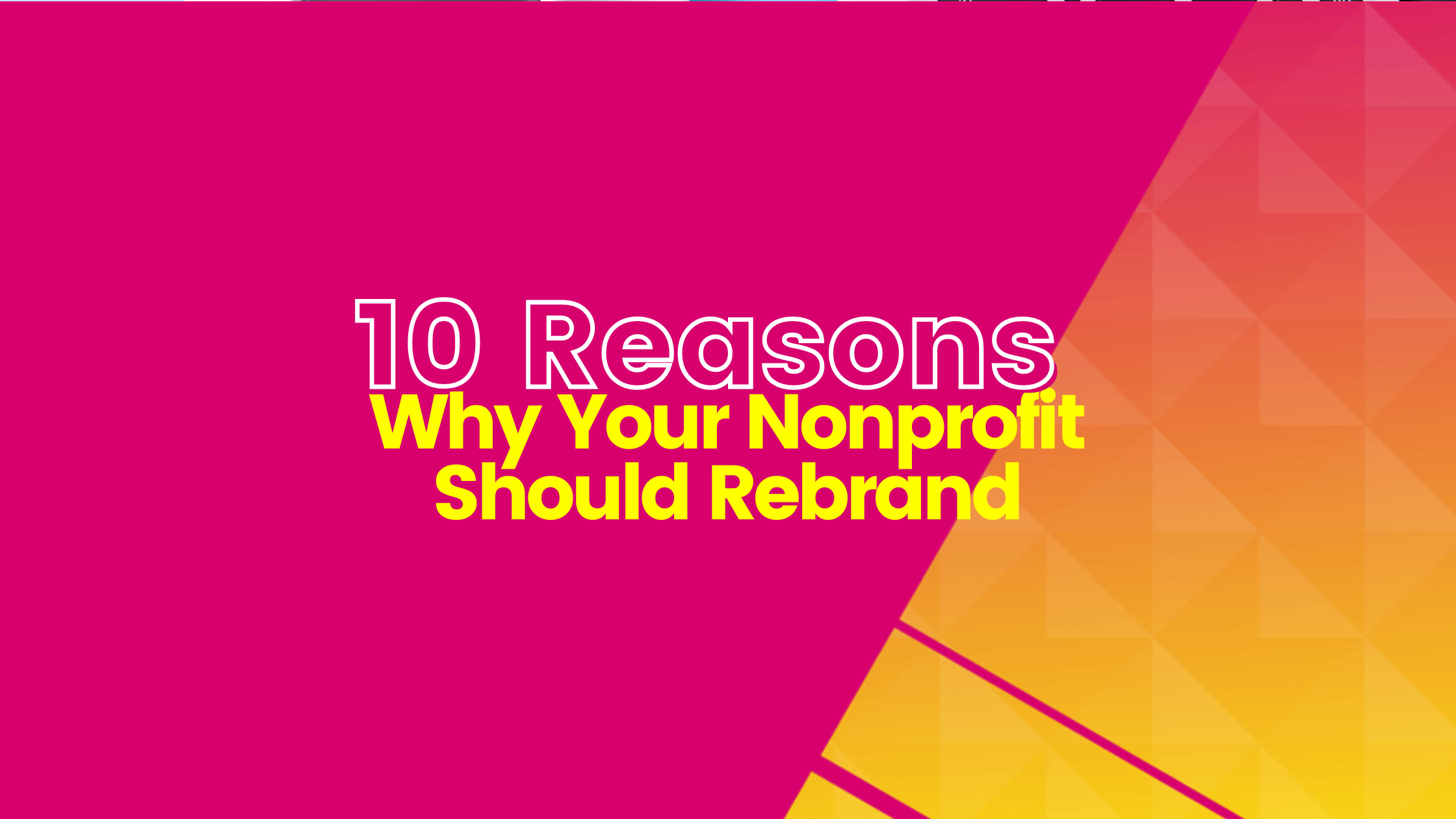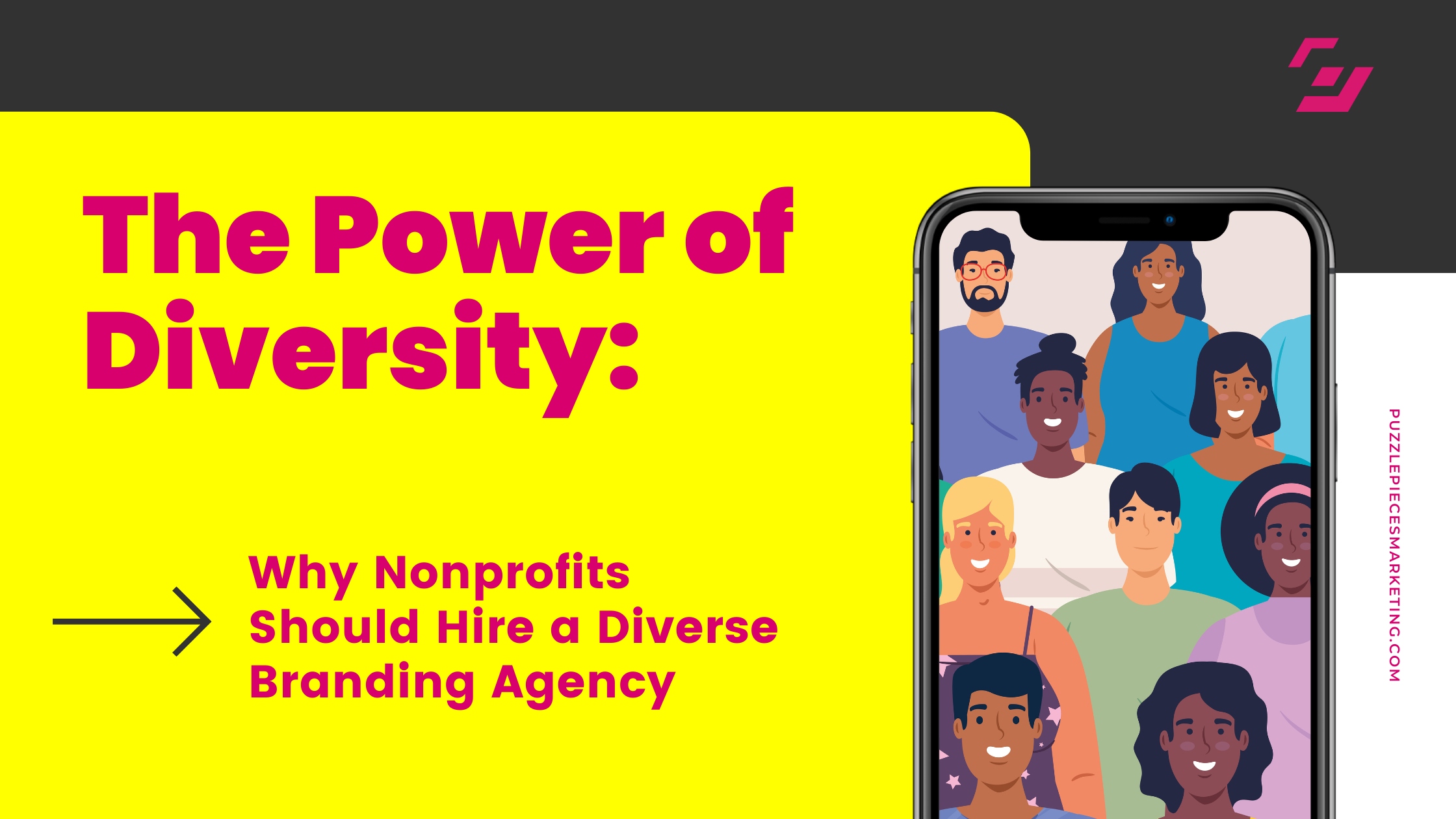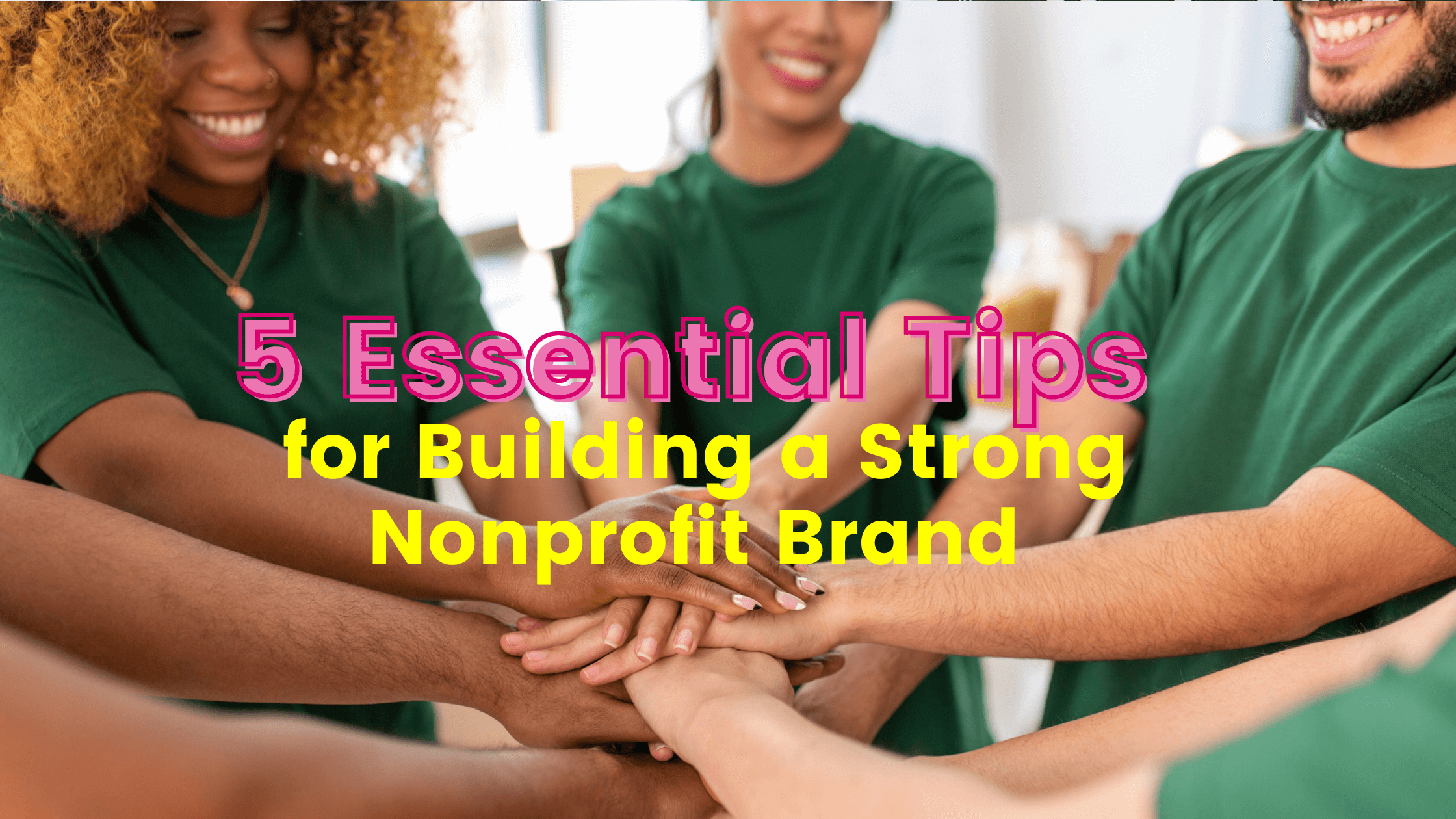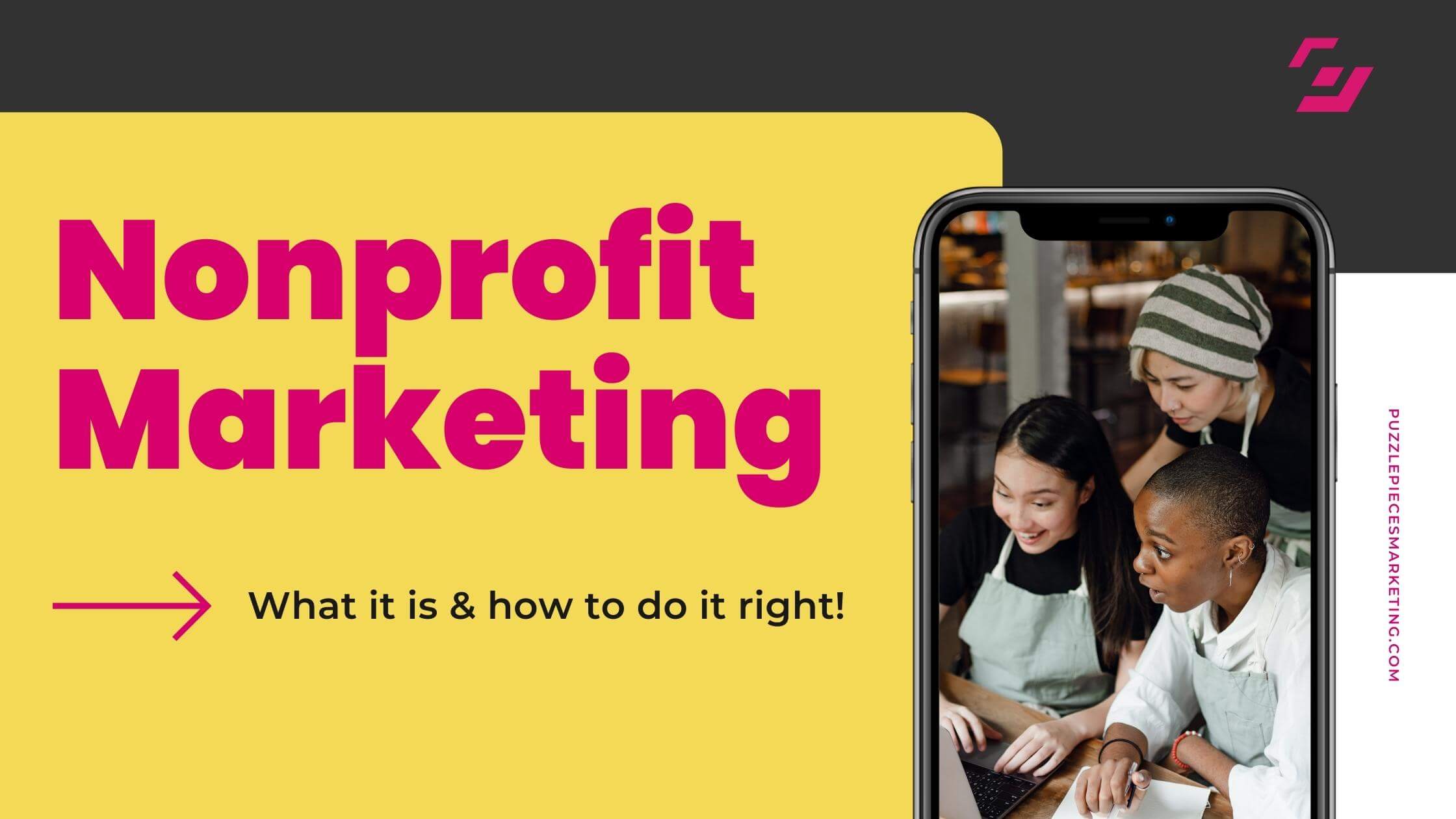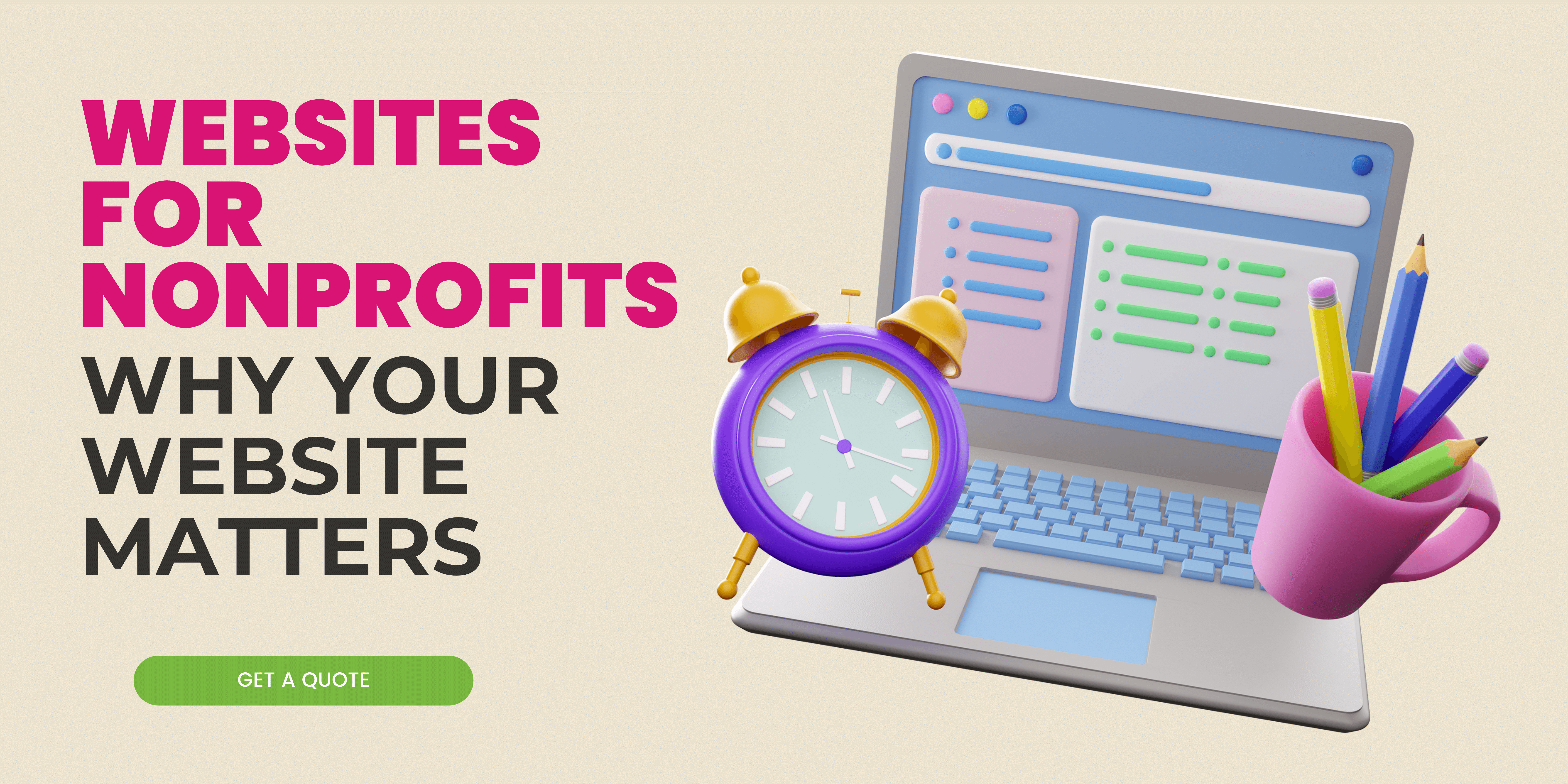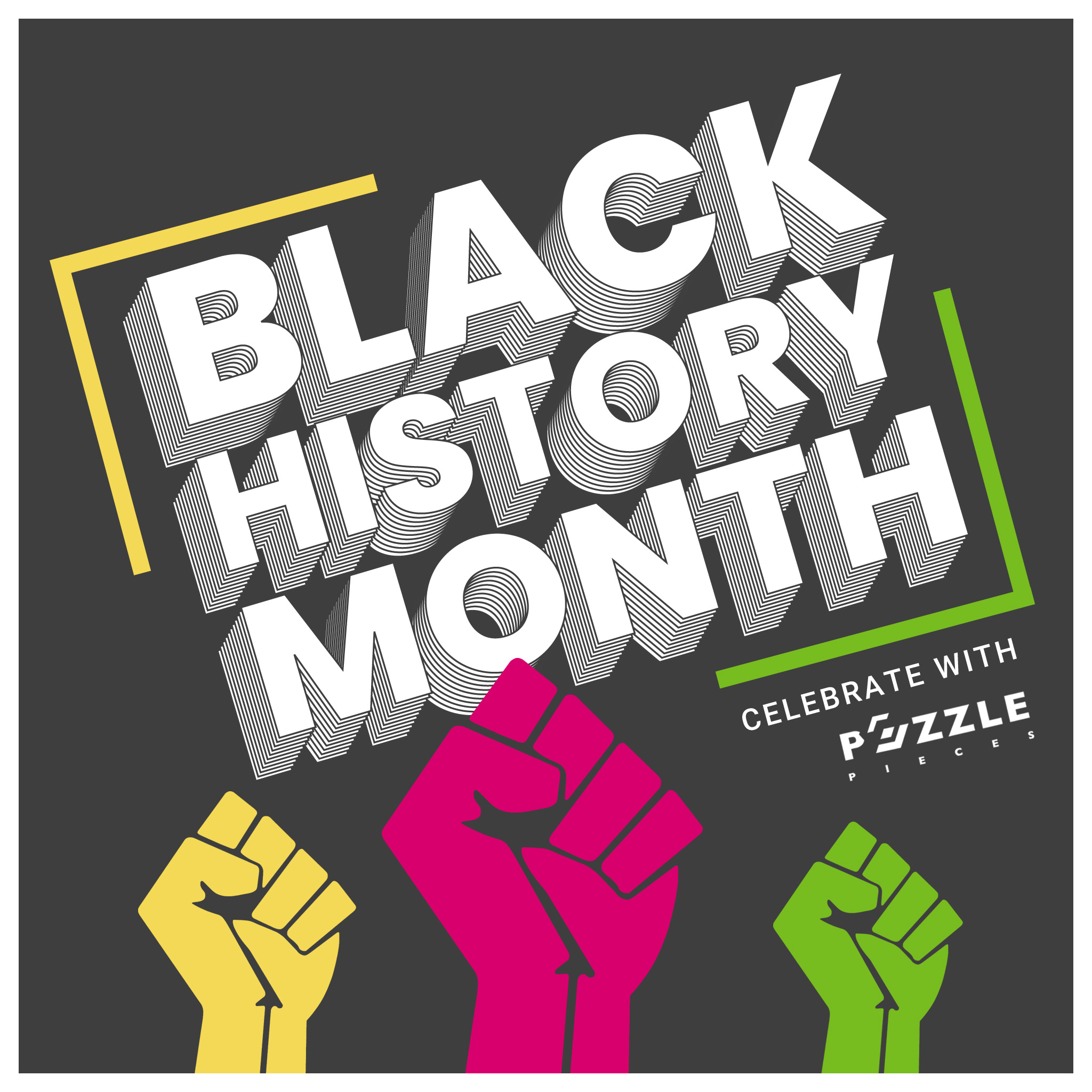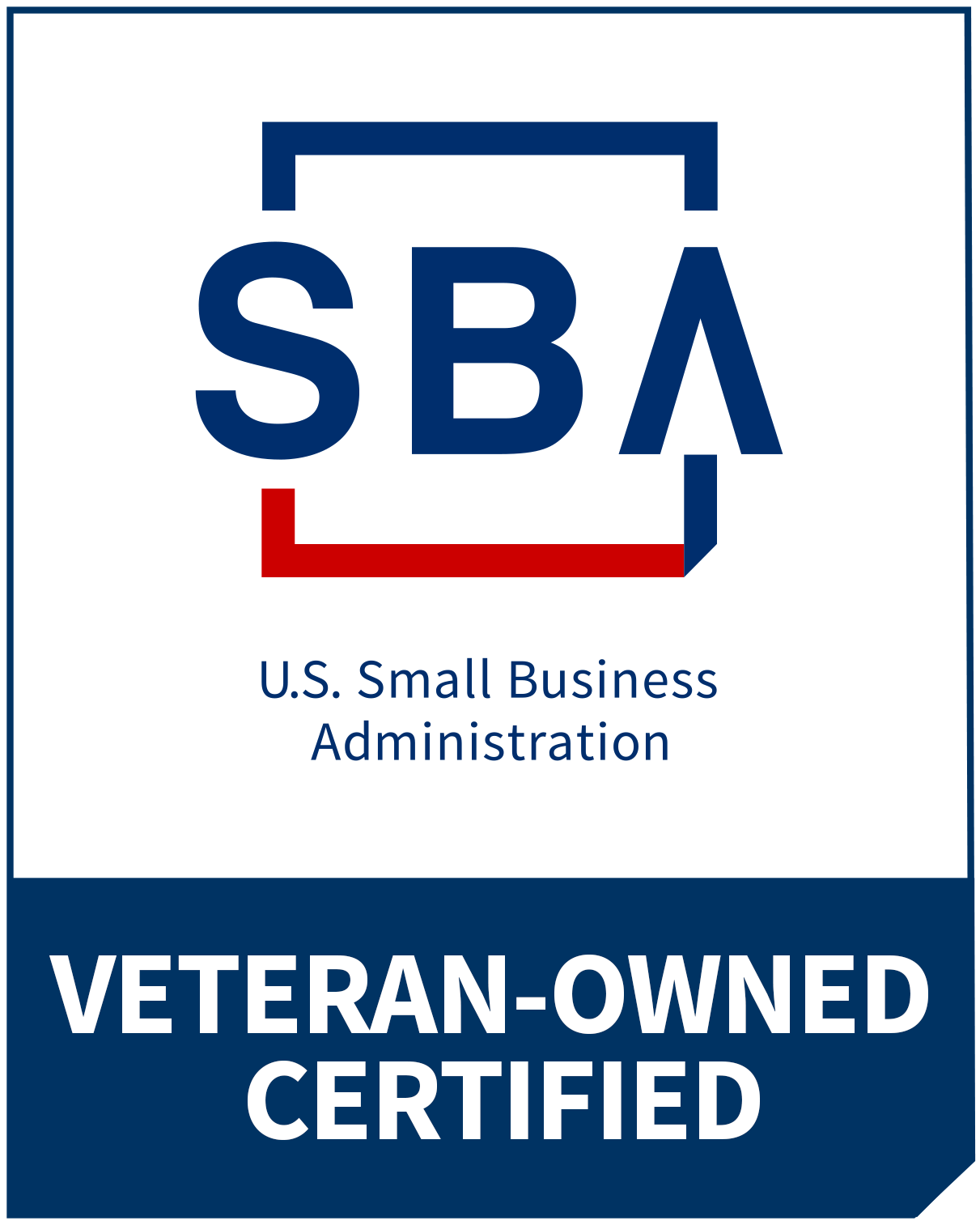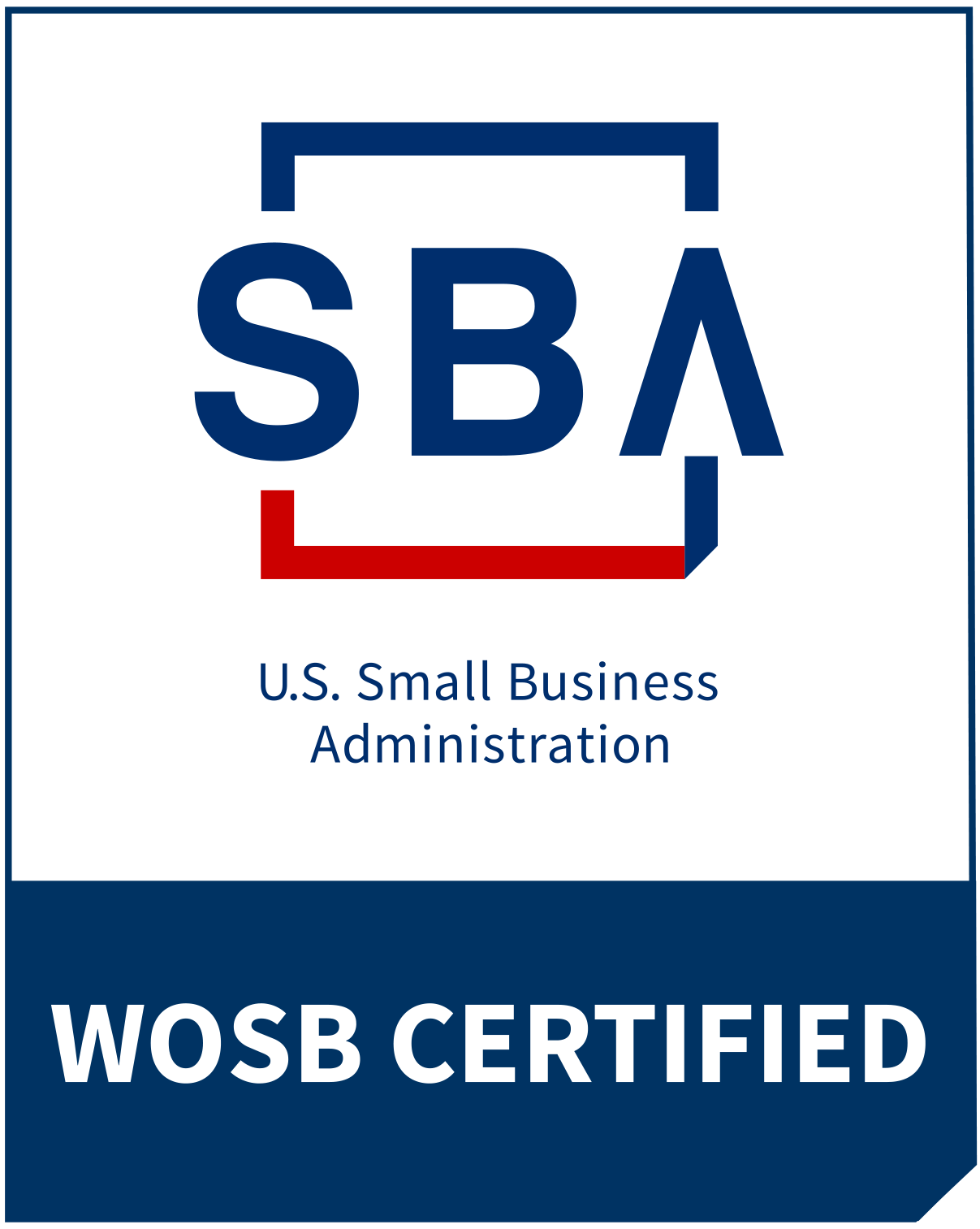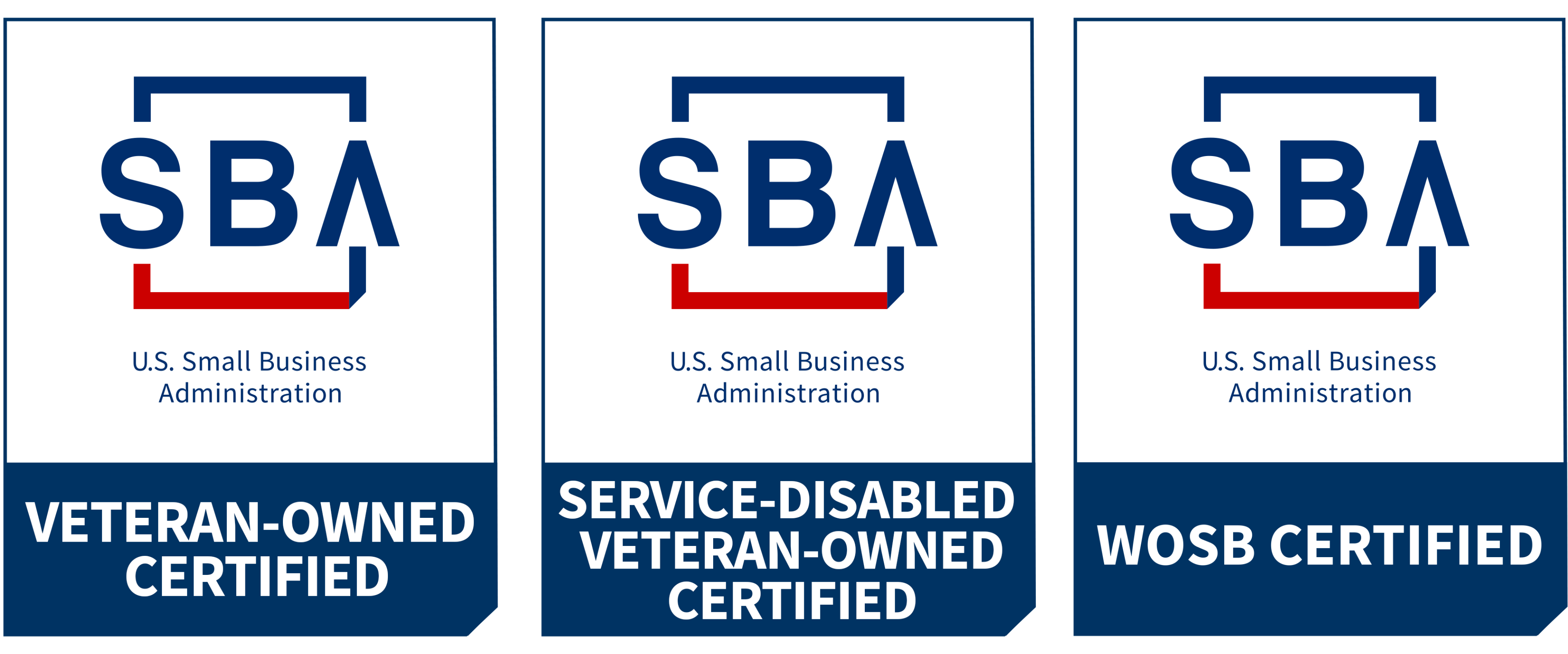When and Why to Rebrand: A Practical Guide
Think about this for a second. The last time you got a new outfit or a haircut, one that was nothing like your usual style, what made you do it?
Odds are, your signature style started to feel a bit tiring. Maybe it felt a little out of fashion. Or perhaps your old style no longer reflected the person you had grown into. All of those are valid reasons to shake things up a little and try something new. But here’s the thing:
As a non-profit organization, your brand also needs a refresh from time to time.
It could be something as little as a shift in the color palette or as big as a complete overhaul of your strategy. But what’s certain is that the right rebrand can change the trajectory of any organization — be it non-profit or otherwise.
We know what you’re thinking. When you’ve got a massive list of things to do and it keeps growing with each passing day, should you really be diverting your already limited resources into a brand uplift?
The answer is, it depends. On what? Let’s find out.
When Is It Time for a Rebrand
Knowing when to rebrand is a bit tricky. It’s not like you wake up one day and it hits you out of nowhere that it’s time to fresh things up. So if you’re feeling a bit unsure, look for the following two signs:
1. Your organization has changed
Unlike nature, modern organizations can evolve within years or even months sometimes. Leadership, mission statement, funding sources, donor demographics, and even your targets — everything changes as your organization matures.
As a result, your brand lags behind and fails to reflect what your organization truly stands for. And that’s a painfully perfect recipe for alienated donors and stakeholders.

Rebranding for North County African American Women’s Association
2. Your visual identity is outdated
If there’s one thing you can always bet on in the digital world, it has to be the rise and fall of design trends.
What used to be the cutting edge in design just a decade ago is seen as bad practice today or even shunned upon entirely in some cases. This applies to your logo, images, typography, layout, and even color palette.
An outdated visual identity can damage your brand in many ways, but the chief among them is the damage to your credibility. If your brand looks like it’s stuck in the 90s, innovation and fast-forward thinking are the last things your audience will associate with your organization.
To sum it up, you should consider a rebrand if your organization has changed significantly or your visuals are outdated.
Benefits of Rebranding
We’ve already touched on this a little in the last section. But let’s take a quick look into what rebranding can do for your organization:
1. Stand Out
As more and more competitors enter your industry, your brand identity naturally gets muddled. To cut through the noise and stand out, you need to analyze the current competitive landscape and craft a new strategy accordingly, which is exactly what a rebrand is best for.
2. Align Your Internal and External Identity
How you run your organization and the values you stand for is your internal identity. Whereas your external identity is how your organization is perceived by people from the outside, such as your donors. Sometimes, as we talked about earlier, your internal and external identities can get into a conflict. This happens when your organization changes but your brand image remains unchanged.
To keep both your identities in harmony and project a powerful brand image, a rebrand is the answer.
3. Grow Your Organization
A coherent brand identity that stands out from the competition and appeals to your target audience can not only uplift the image of your organization but it can also boost your bottom line as well. The reason is simple. Attracting passionate donors, talented individuals, and influential stakeholders is a lot more easy when your branding aligns with their interests.
The Takeaway on Rebranding
If your nonprofit has grown significantly since your original branding or your current visual identity feels outdated, a rebranding is exactly what you need. Not only can a strategic rebrand help your organization stand out from your competitors and stand close to your audience’s hearts, it can also have a direct impact on your bottom line.



